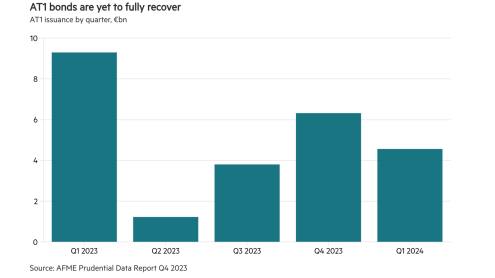It is no surprise to find central and eastern European (CEE) countries dominating the top 10 countries with the highest rates of foreign bank ownership, contributing six of the total. In the case of Estonia, the country with the highest rates of foreign ownership, this phenomenon also coincides with very heavy bank penetration – total assets are almost 180% of gross domestic product (GDP).
Outside the CEE region, several of the countries on this list are distinctive cases. The New Zealand financial sector has long been closely integrated with Australia, while the Swaziland economy is highly dependent on South Africa, with the South African rand accepted as legal tender. Similarly, El Salvador is a dollarised economy, altering the dynamics of foreign funding. Of course, three of the CEE countries, Kosovo, Estonia and Slovakia, have all adopted the euro, while the Lithuanian currency is pegged to the euro.











